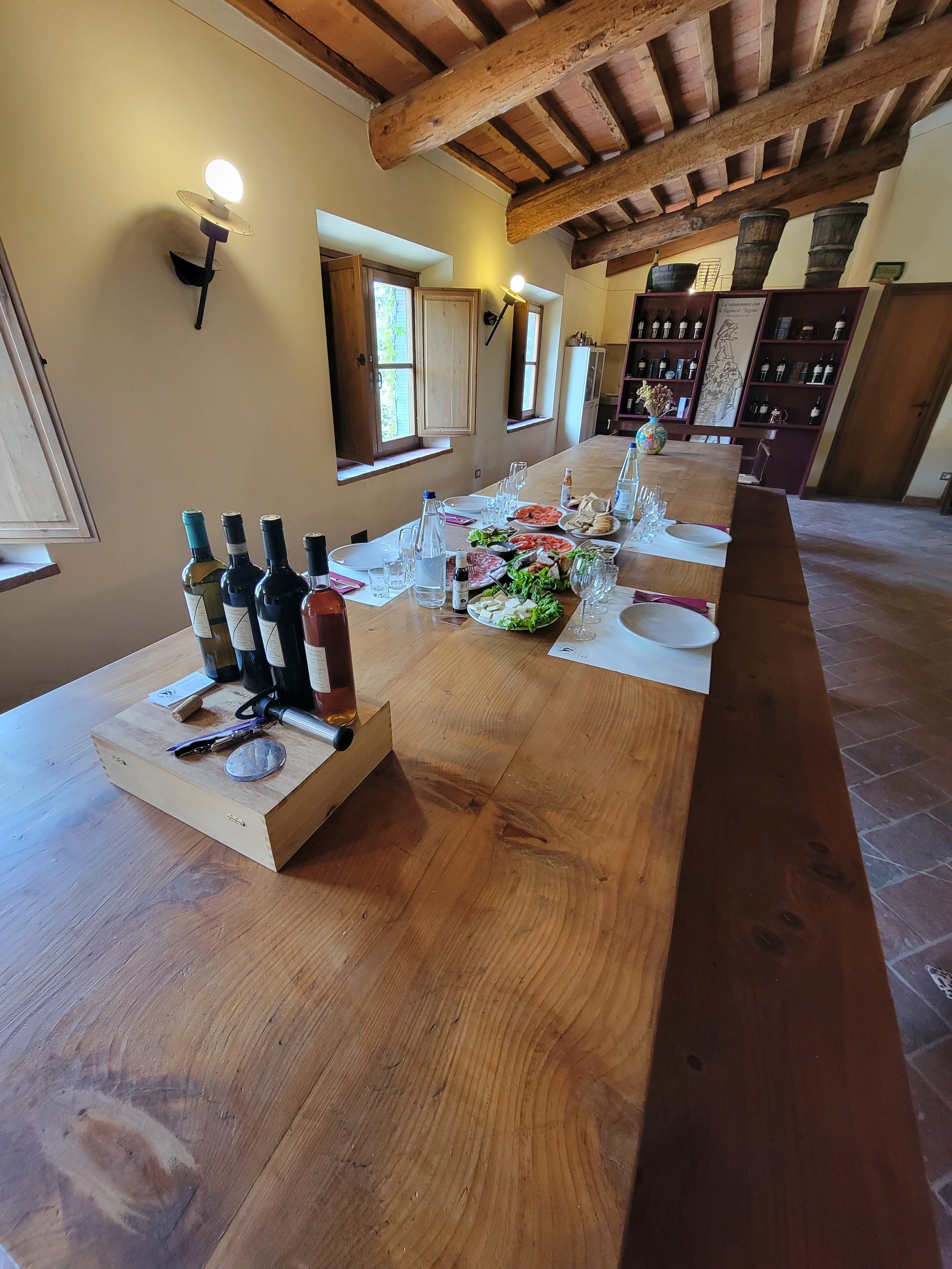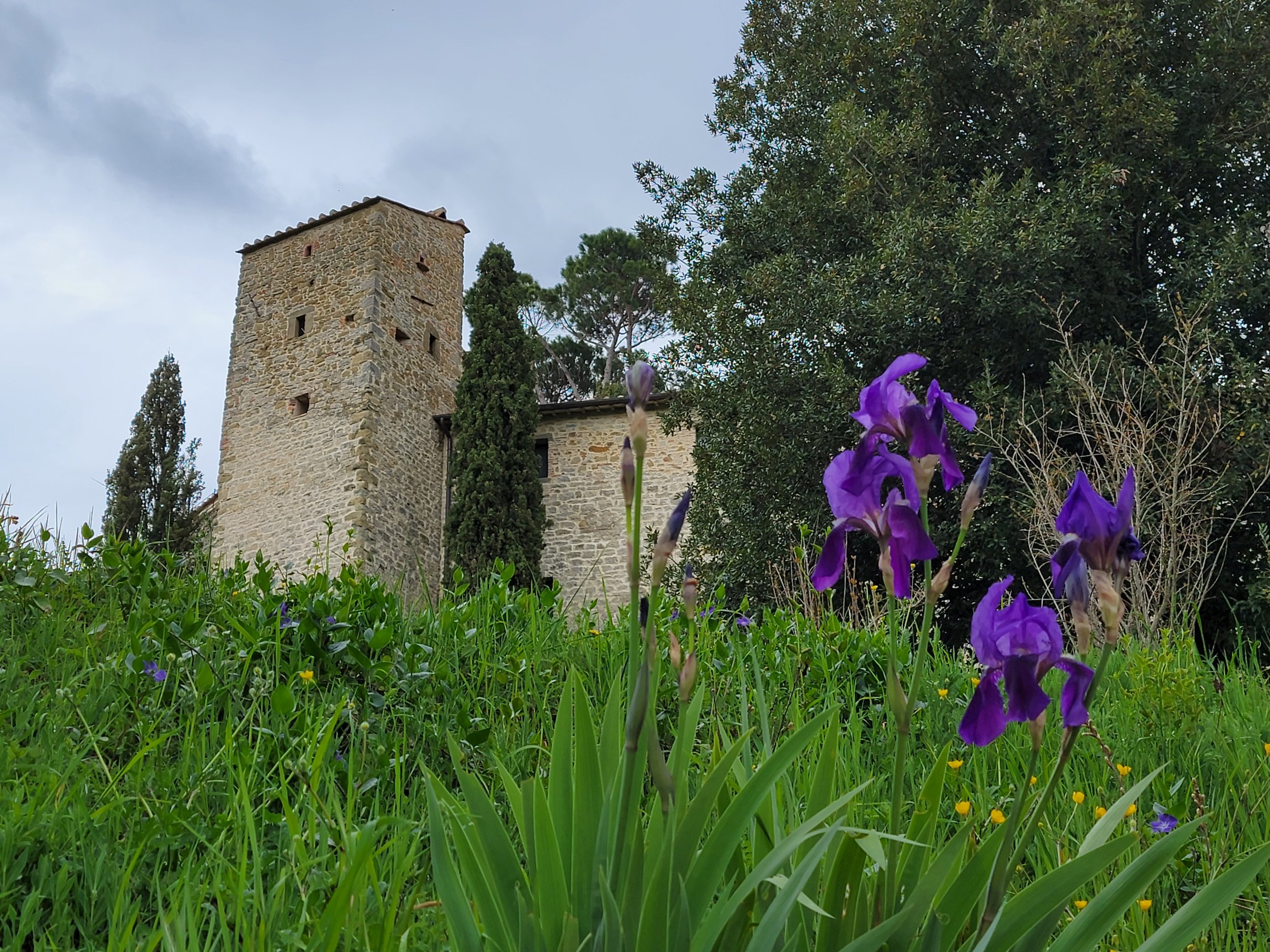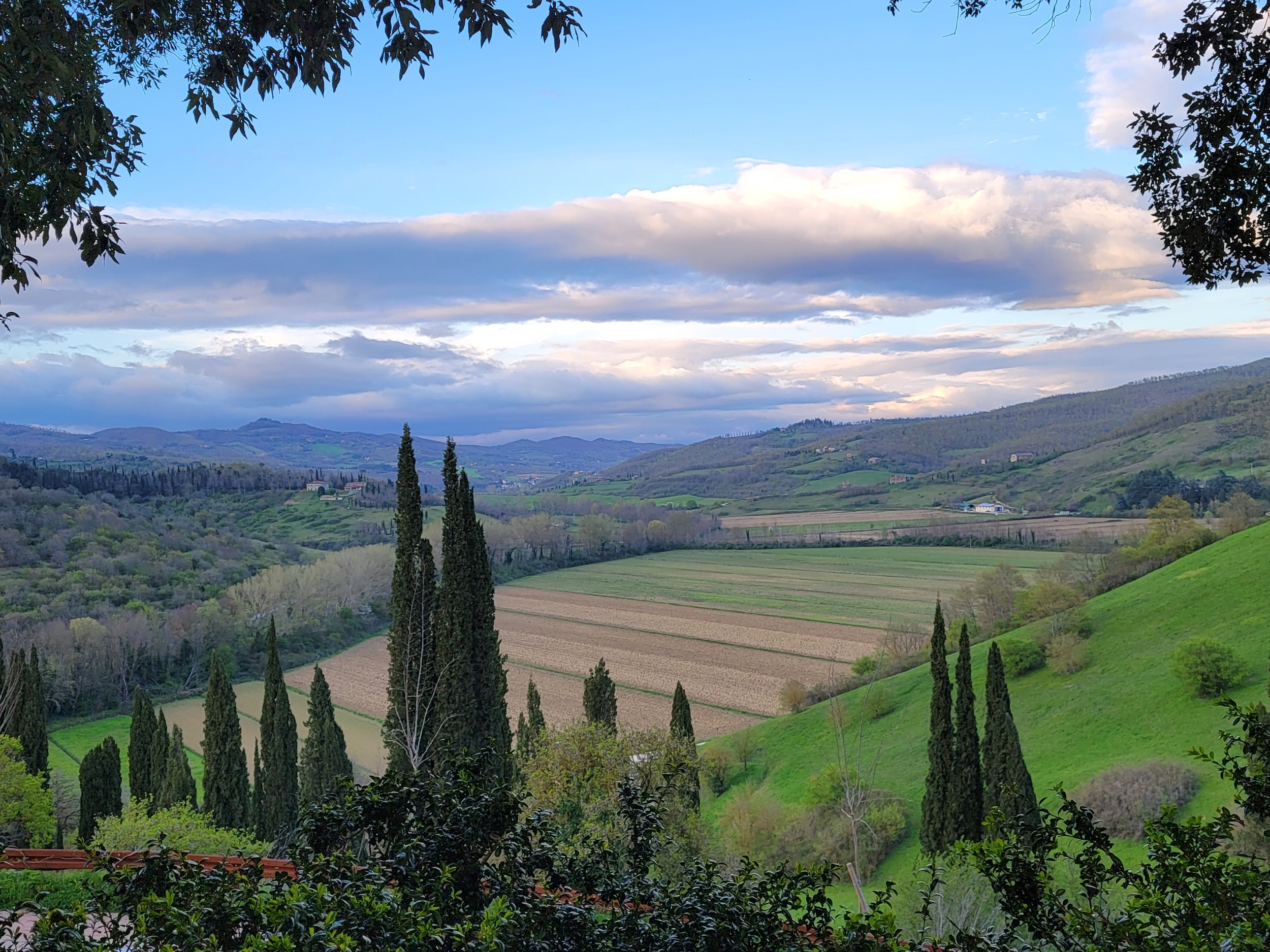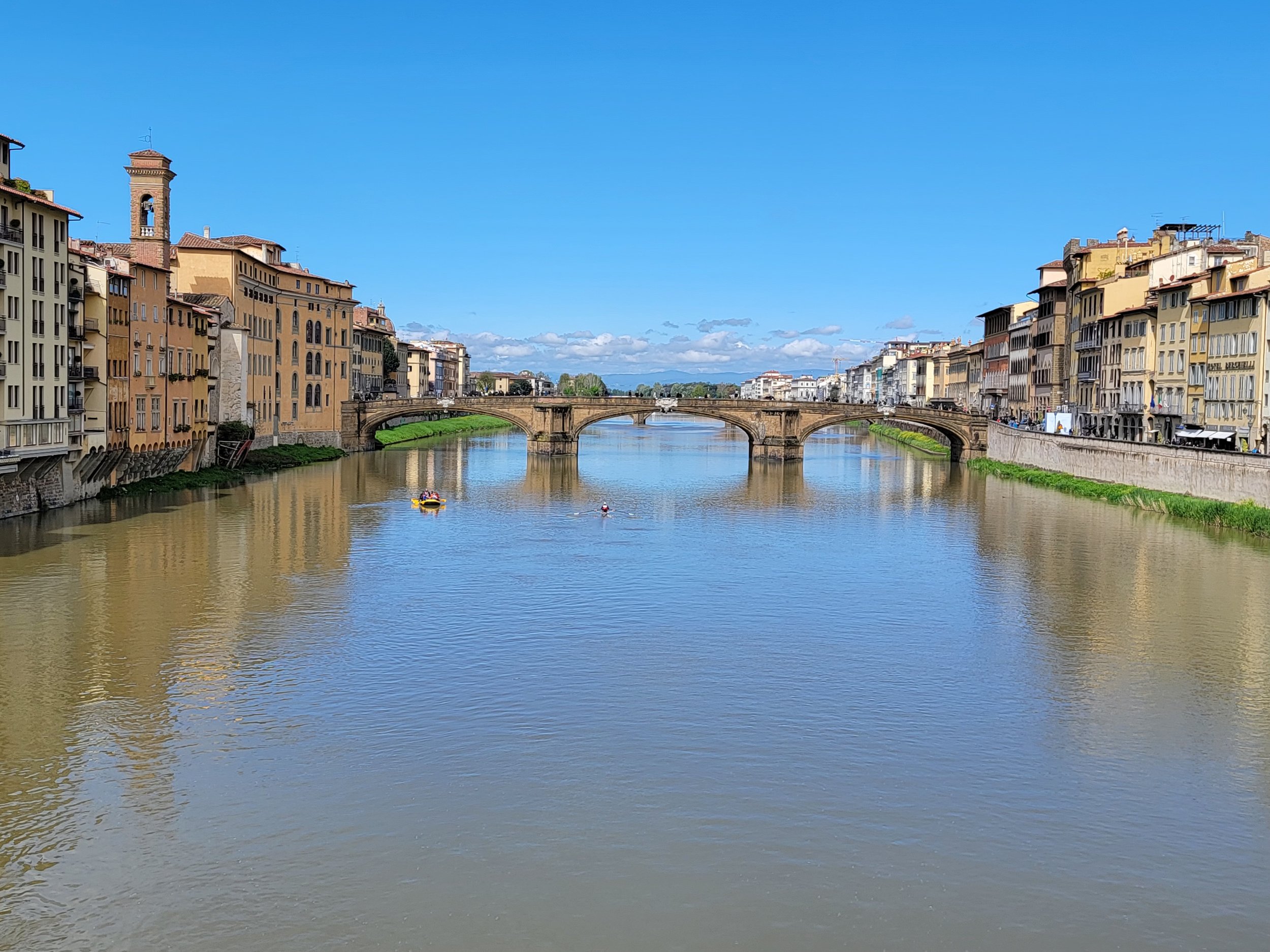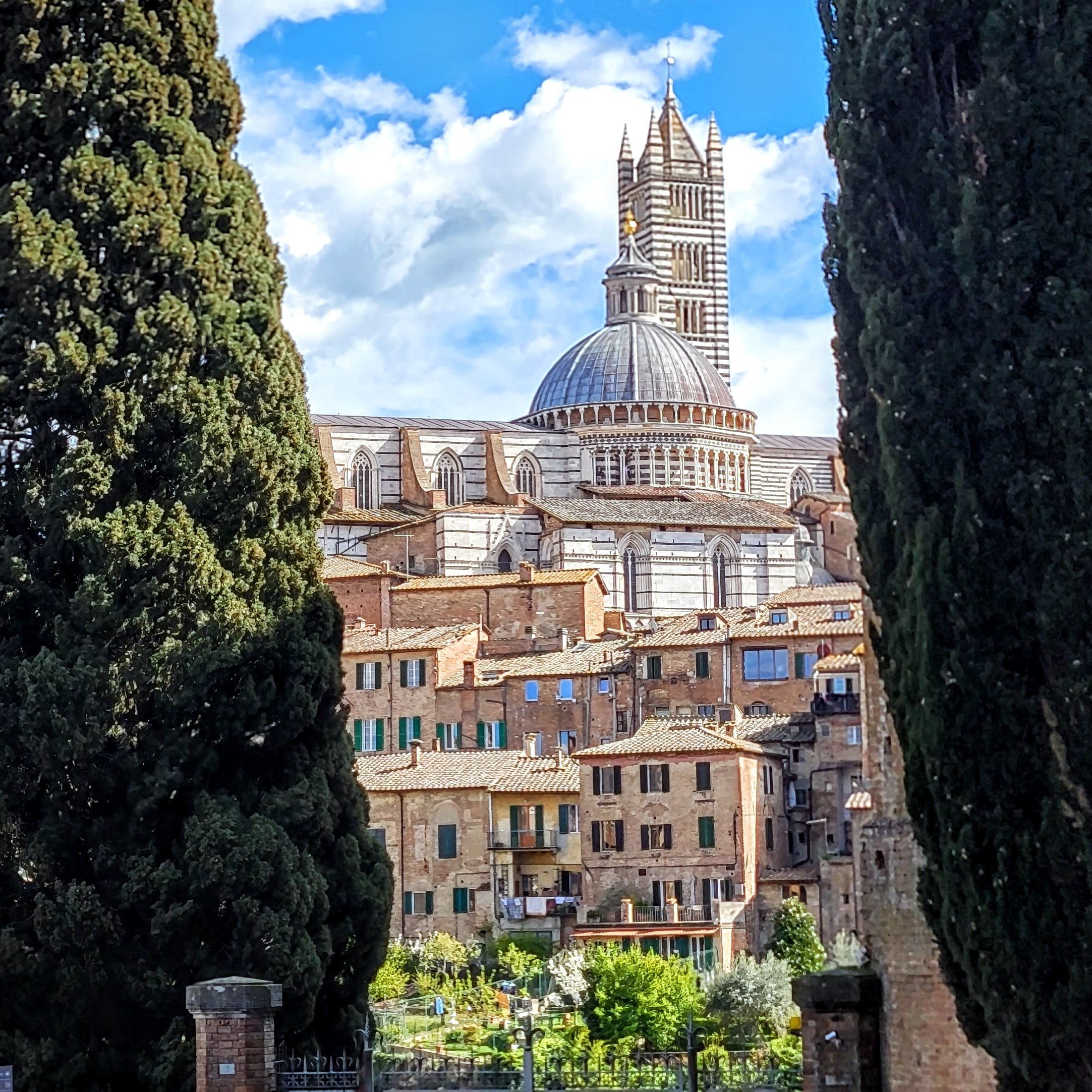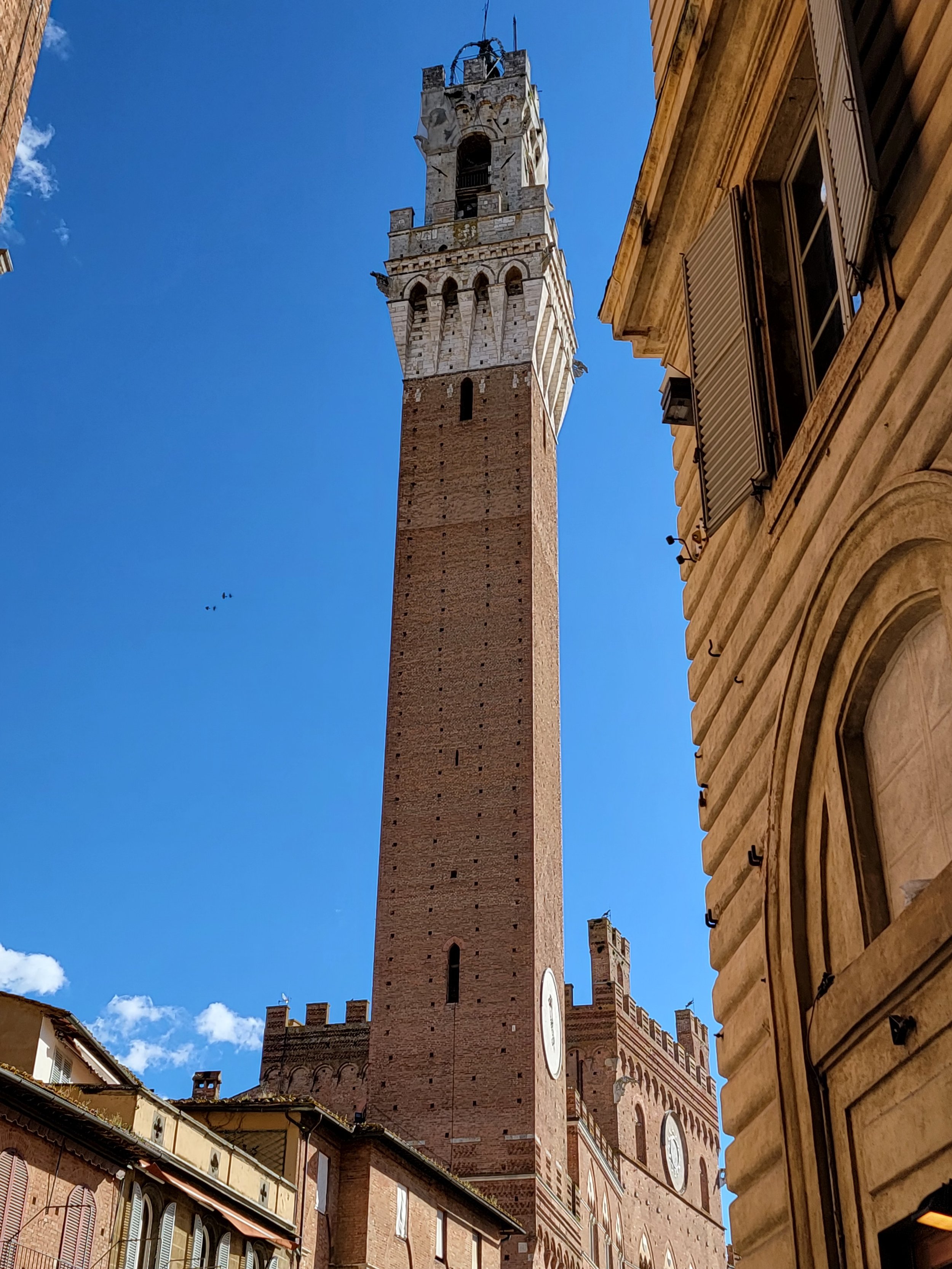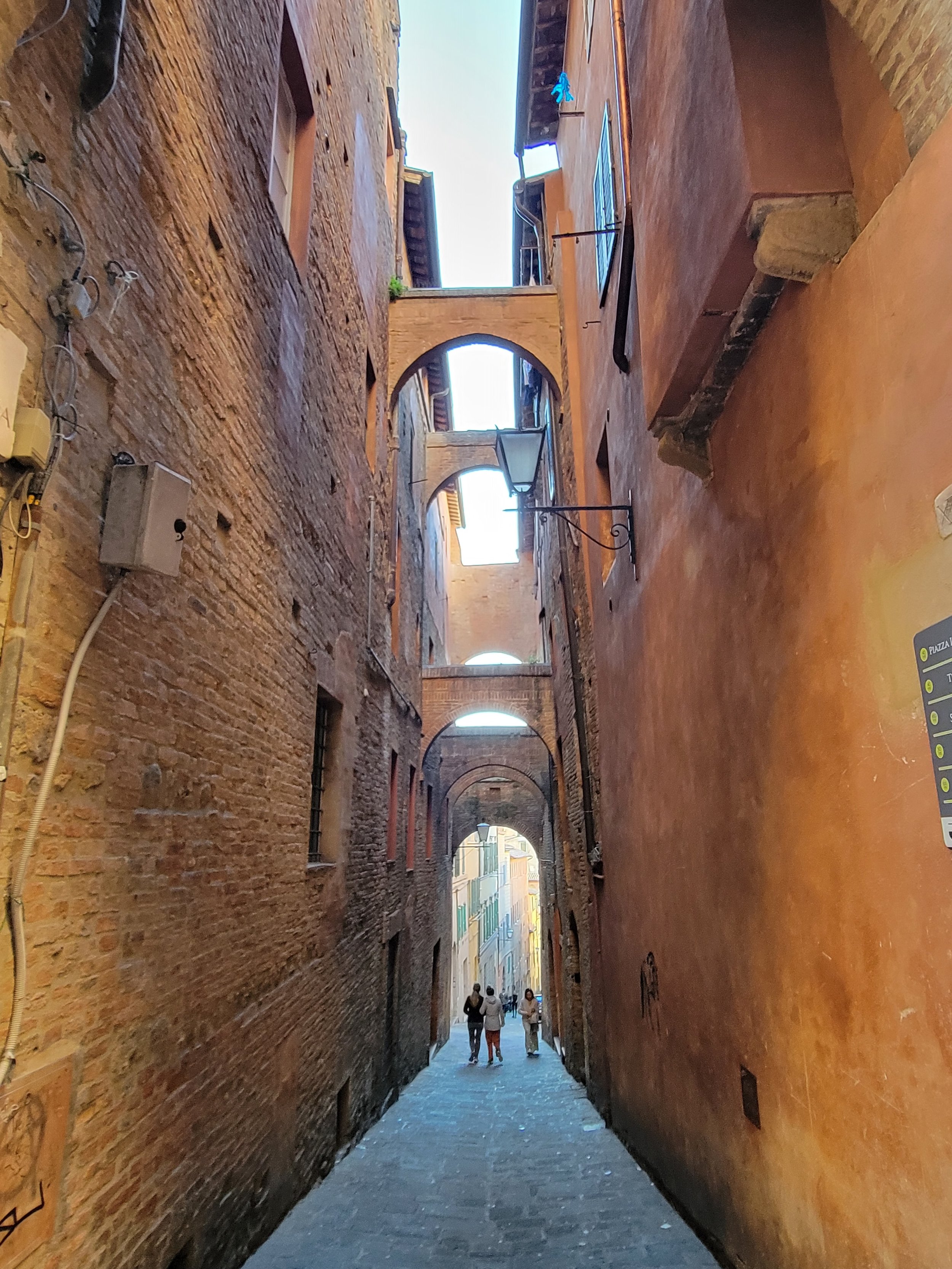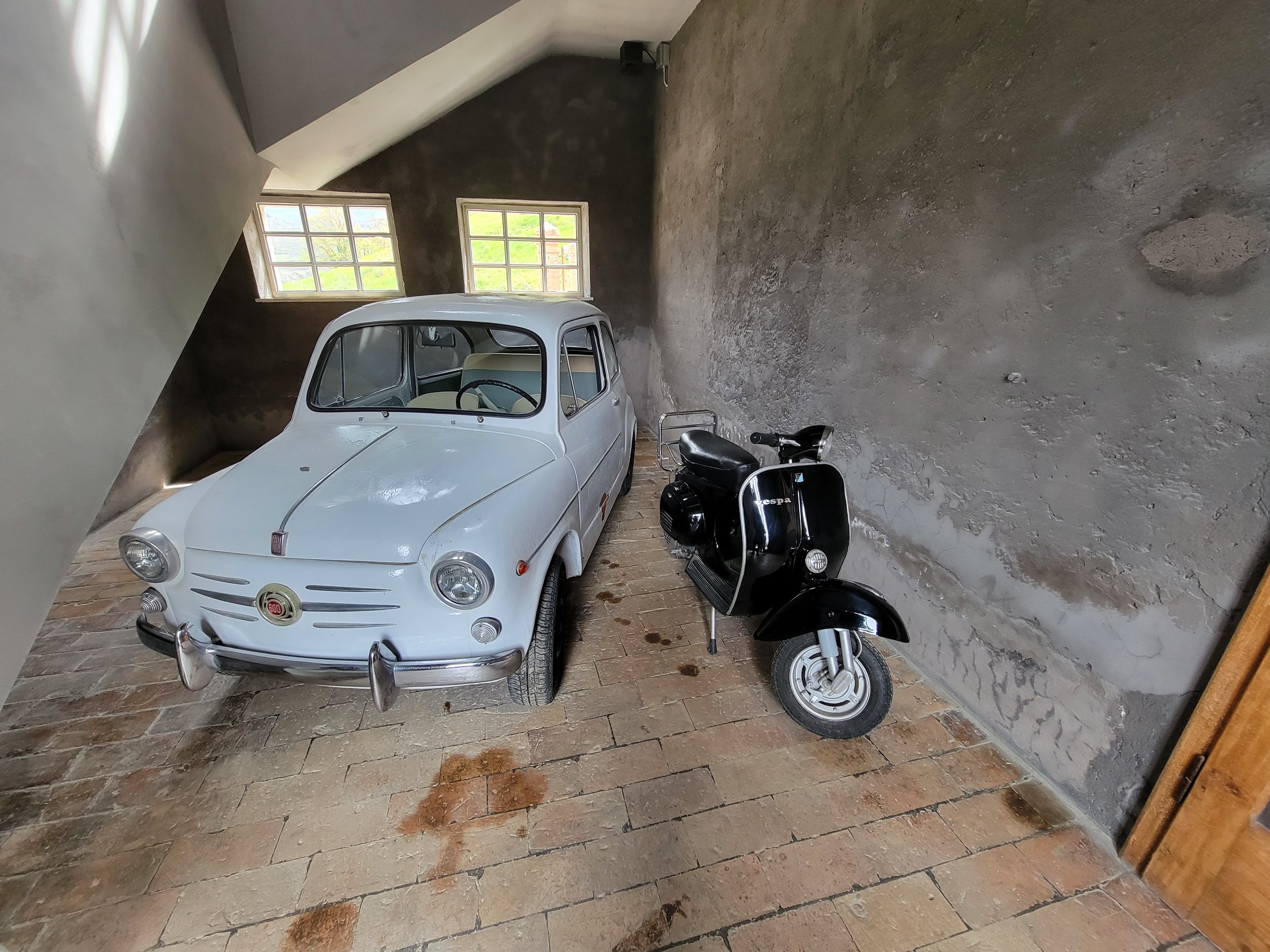“In Paris, you learn wit, in London you learn to crush your social rivals, and in Florence you learn poise.”
My American clients tend to be do’ers. They want travel agendas packed full with tours, excursions, hikes and historical lectures, along with a healthy dose of self-improvement in health and knowledge. Some even go so far as to get travel agendas generated by ChatGPT, relying on the AI to cram as much optimized travel in as little time as possible. After all, travel is expensive and vacation time is in precious short supply.
But what if there was another way?
The famous Italian phrase “La Dolce Vida” is usually translated as “The Sweet Life,” but it can also mean, “The Gentle Life,” or “The Soft Life.” And nowhere in Italy La Vida more Dolce than in Tuscany and Florence.
If I could make just one recommendation as a travel professional, it would be to spend no less than 10 days in Tuscany with no set agenda, besides simply enjoying the fresh air, the fresh food, the olive oil and, if you partake, the wines. So instead of giving you an itinerary or list of must-see’s, I will simply suggest a few of the activities you may enjoy alongside your ample time for rest, relaxation and recuperation.
You may choose to stay in a small town, and enjoy some spirited driving to take you from place to place as you find new discoveries. Or settle in a bigger city like Sienna, and rely on the extensive rail networks to bring you where you want to go. You’re close to the Mediterranean Coast, so you might enjoy a beach day and some swimming, or enjoy a resort where everything is laid out for you. (I’m very happy to recommend a few)
It’s important to be careful of where you step in the Tuscan countryside. A popular early traveler’s report from a Florentine writer recalls how a certain middle-age hiker inadvertently entered a dark forest where “the straightforward pathway had been lost.” The traveler, Dante, had to journey through through hell, heaven and purgatory to get home. But when he did, he’d created the first masterwork in the Italian language.
Pisa and its leaning tower have been one of the world’s most popular tourist attractions for centuries. It was here that a young professor by the name of Galileo Galilei, given a research grant to free himself from the burdens of teaching, invented the telescope, observed the surface of the moon, discovered the moons of Jupiter and realized that the earth revolved around the sun, rather than the other way ‘round. Although dropping cannonballs of different weights from the Leaning Tower of Pisa to measure the force of gravity is now strictly forbidden, I’m sure you’ll find other sources of inspiration for discovery.
You’ll want to budget ample time in Florence, the birthplace of the Renaissance. The Uffizi Gallery is one of the world’s greatest museums, hosting works from Botticelli and Da Vinci. Michelangelo's David is a short walk away at the Galleria dell’Accademia. The 26-year old Michelangelo was originally given the commission and stipend to sculpt David for the roof of the Florence Cathedral. But once the people of the city saw it, they thought it was so wonderful that they put it in their central square, in front of the Palazzo della Signoria, their seat of government. David’s naked frame and his sling were quickly adopted as the symbol of the Florentine Republic, and he was turned southwards to face down the Borgia-ruled Romans
A guided walking tour is a wonderful way to see the city, and I’m happy to recommend some of the best, but it’s important to take your own time to stroll the city streets. Here, you might just find inspiration of a different kind. It was at the very beginning of this century that a young American exchange student studying photography had his fancy new digital camera taken away by his Florentine professor. “Use this - it’s analog and it’s square,” the professor told him, and handed him a cheap Holga camera. The young student’s name was Kevin Systrom, and that day in Florence walking the streets alone with his plastic camera stayed with him for several years as he returned home, finished his degree, and started his career. After a few years working at big tech companies, he decided to start his own. He thought he could recreate his experience in Florence that day with the hugely popular iPhone 4, which had an almost-but-not-quite perfect camera. There’s a good chance you’ve used the app he created today. It’s called Instagram.
So can I promise that a few weeks or months in Tuscany will give you the time and space to unlock your creativity to write epic poetry that will shape the course of a nation, discover the secrets of the universe or invent the next instagram?
As a travel professional, I am ethics-bound to say no. But I can guarantee you will experience your own personal Italian Renaissance - and I can’t wait to see what you discover.
Sometime the old ways are best
